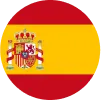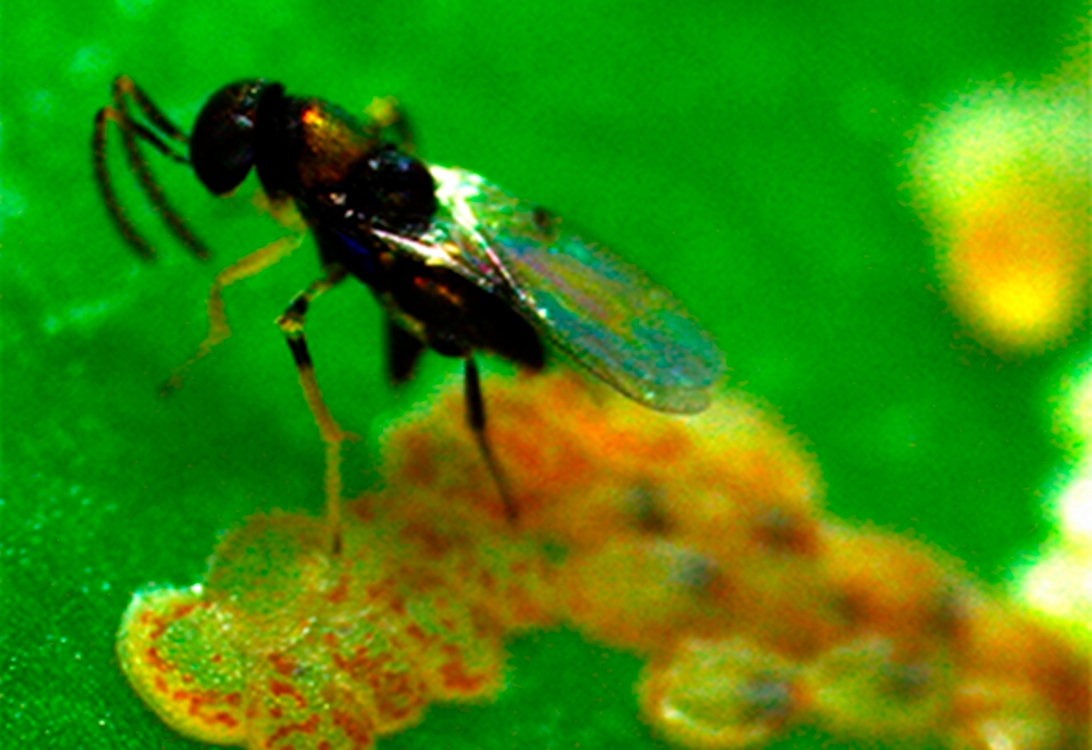- The Collection is housed in the Tibaitatá Research Center of AGROSAVIA, located in the Municipality of Mosquera, Cundinamarca.
- It is one of the country's natural history collections and has more than 196,000 specimens. The CTNI is the country's oldest collection with an agricultural approach (1927).
Bogota, Capital District. July 2, 2024. Recently, a new species for science was described in the "Luis María Murillo" National Taxonomic Collection of Insects, a collection that is in charge of Corporación colombiana de investigación agropecuaria – AGROSAVIA and is considered one of the most important biological representation heritages in the country, since it contains specimens collected from the 1930s and onwards.
This collection focuses on studying the diversity of insects associated with agricultural and livestock production in the country, with a broad representation of harmful and beneficial species for crops of interest in Colombia.
According to Erika Valentina Vergara, Researcher at the Corporation and Curator of the collection, "the specimens with which a species (new to science) is described and named are the most important material in any museum or collection."
The collection facilitates, for national and international specialists, the taxonomic study of the different groups of insects, including Coleoptera (beetles, weevils), Diptera (flies), Hymenoptera (bees, wasps and ants), Lepidoptera (moths and butterflies), Hemiptera (true bugs, aphids), and Orthoptera (crickets, grasshoppers).
"Thanks to the fact that the collection has facilitated access to its material, it has gained recognition among national and international taxonomists and is cataloged as a collection ready for conserving the specimens in its custody and their dissemination. The new species were described, and the specimens were collected in the 1930s and 1970s," Vergara said.
"As they are the specimens that bear the name, these insects are part of a "type material" group in biological collections. In the case of these specimens, they correspond to Holotype and Paratypes and become the most cared for in a collection," Erika highlights.
The new species Copidosoma takumasakondoi Vargas & Díaz, 2024 belongs to the group of parasitoid micro-wasps of the Encyrtidae family. The Holotype and ten Paratypes are deposited in our collection. The representatives of this species were collected in the Department of Risaralda, Municipality of Guatica (1936), Colombia. This species is a parasitoid of the fruit borer of various Solanaceae, such as Neoleucinodes elegantalis (Crambidae) and other related species of agricultural interest.
To understand the importance of insects, we must not only look at them from a harmful point of view but also understand their role in biodiversity and agroecosystems. Representatives of the genus of this wasp are parasitoids of many insects that, as their populations increase at a certain time, can become harmful to agriculture.
The species was named in honor of a renowned researcher from the Corporation at the Palmira Research Center and world taxonomist of scale insects (Coccomorpha), Demian Takumasa Kondo Rodríguez.
Learn more about the Collection and the new species by clicking here.
- More information here:
- Ivan David Alba Hidalgo
- Communications, Identity and Corporate Relations Professional
- Headquarters
- Communications, Identity and Corporate Relations Advisory Office
- ialba@agrosavia.co
- AGROSAVIA





